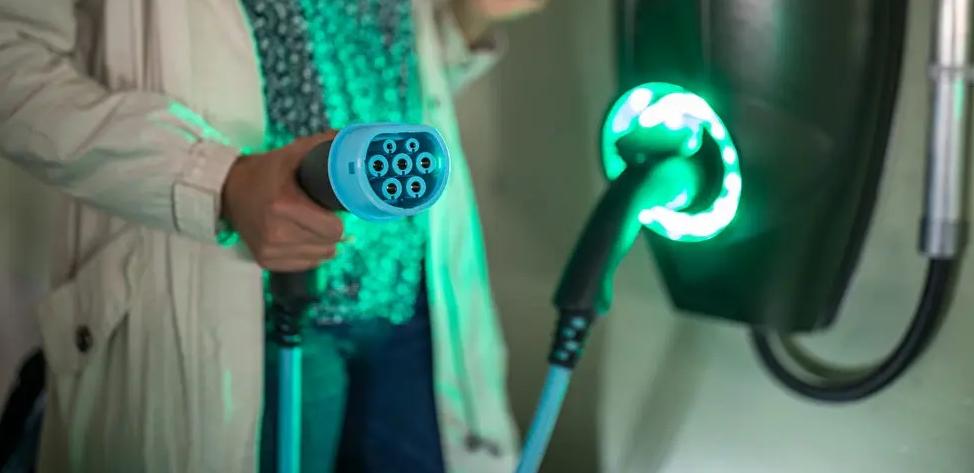Charging times for electric cars can soon be reduced to less than five minutes. The reason for this is the innovative technology developed by the American space agency NASA for future missions. However, this technology can also be used on Earth.
For many drivers, the charging time is a point that keeps them from buying an e-car. There are already powerful charging systems that charge a battery in about 20 minutes, but when you compare this time to five minutes spent at a gas station, including filling up and paying, this margin still seems far too long.
The time savings enabled by new NASA technology could change the way EVs become more attractive and accelerate the mobility transition. Because: The batteries of an e-vehicle could only be charged in five minutes. This was announced by the American space agency NASA.
NASA researchers tested this technology on the International Space Station (ISS) back in 2021 and have been receiving data since early 2022 that have revealed great potential for the e-mobility market. This makes it clear to everyone: the innovative technology can also be used on earth.
Better and more effective cooling
The newly developed technology is about a cooling mechanism “Flow Boiling and Condensation Experiment” (FBCE) or flow boiling and condensation experiment. This allows the systems to be brought to the right temperature during their stay in space. FBCE enables heat to be transferred effectively and ensures effective temperature control.
The technology uses a supercooled liquid that begins to boil using thermal energy. The technique uses the phase change from liquid to vapor to transfer and remove heat from the system. This ensures a constant and extremely efficient cooling process. In other words: It is about more effective cooling of (electrical) systems with a cooling liquid that uses condensation.
A current of 2,400 amperes is reached
To charge an electric car in just five minutes, you need a current of 1,400 amps. This can quickly overheat the charging cable. Because the more current flows through the cable, the more heat is generated. Such a load without appropriate cooling would definitely lead to a cable fire. This is why most standard chargers charge at around 150 amps, while high-performance devices can reach up to 450 amps.
With the technology presented by NASA with the FBCE cooling mechanism, on the other hand, the heat generated can be efficiently dissipated and thus achieve higher performance. This allows the charging process to be accelerated and, which is also important, to be safe.
The scientists led by Professor Issam Mudawar conducted an experiment in a laboratory and pumped a dielectric coolant through the charging cable. According to NASA information, a current of 2,400 amperes could be achieved, which is much more than the 1,400 amperes required for fast charging of an electric car.
With the use of this technology, e-cars can win the time comparison between petrol pump and charging station. It is still uncertain when the space technology for electric cars can be used on the market.
Does the high electricity price make e-cars less attractive?
E-car drivers still have a cost advantage over petrol vehicles when it comes to fuel. But rising electricity costs and abolished premiums could soon make e-cars less attractive. Many experts assume that electric cars are threatened with additional costs due to rising electricity prices, which could slow down the boom in electric cars.

